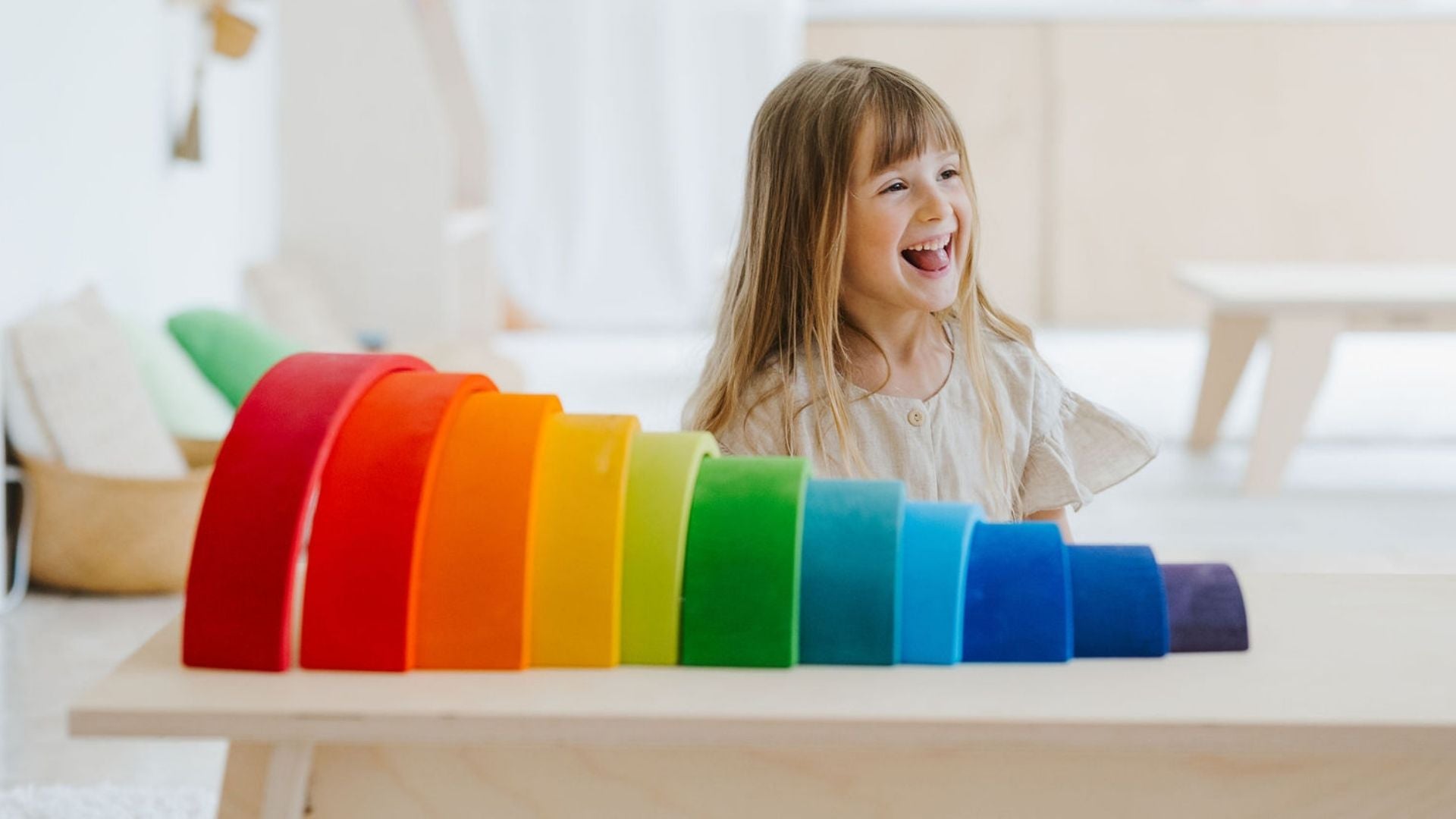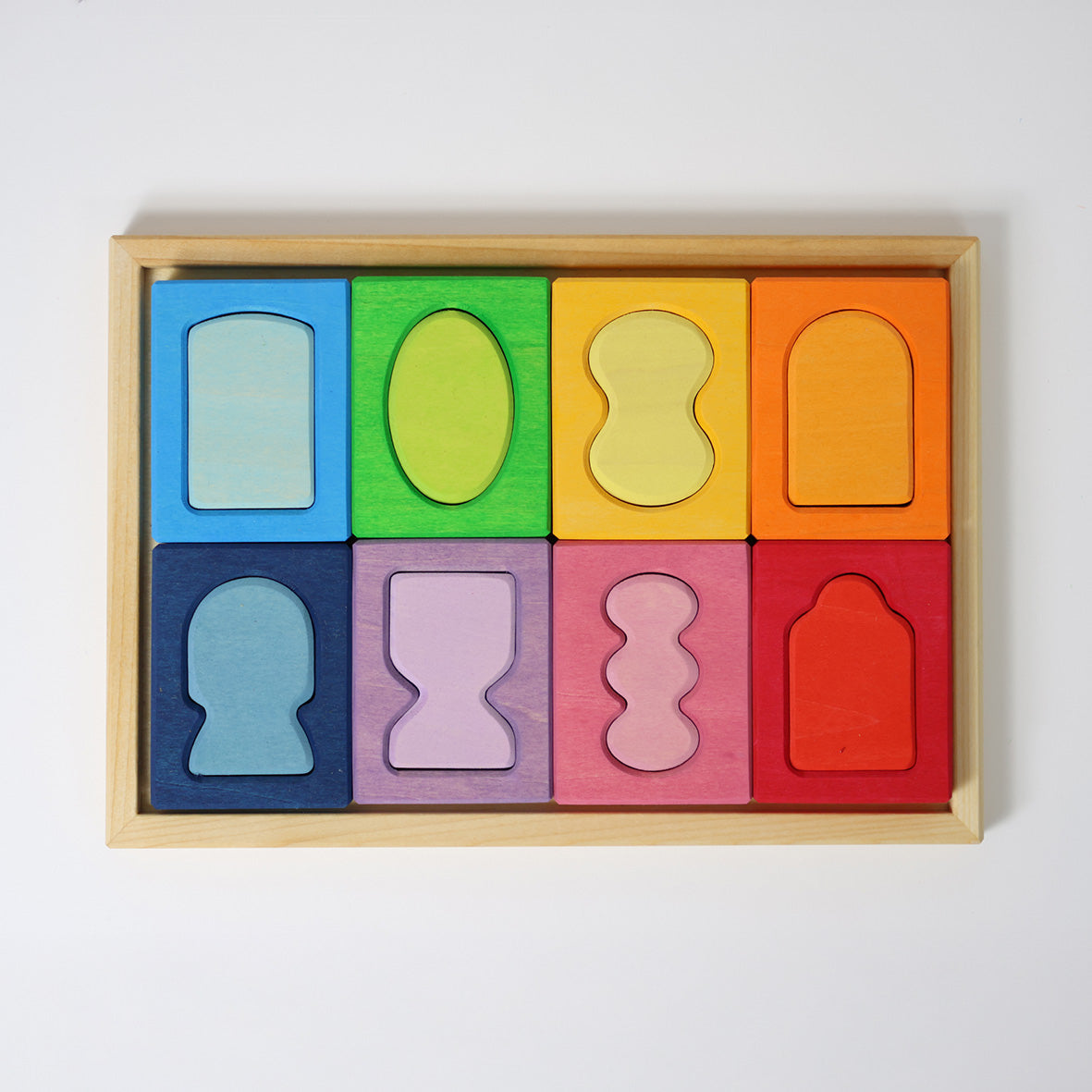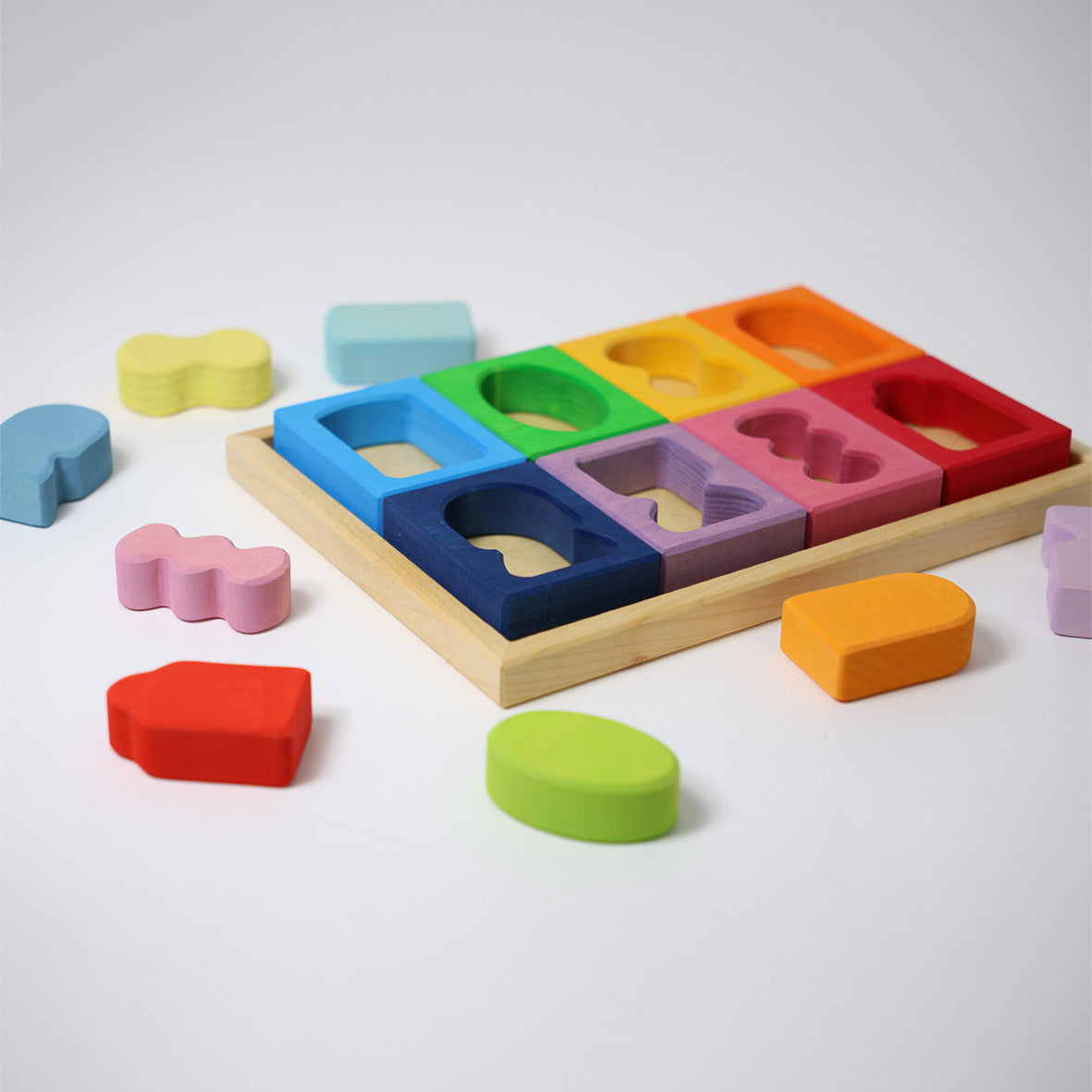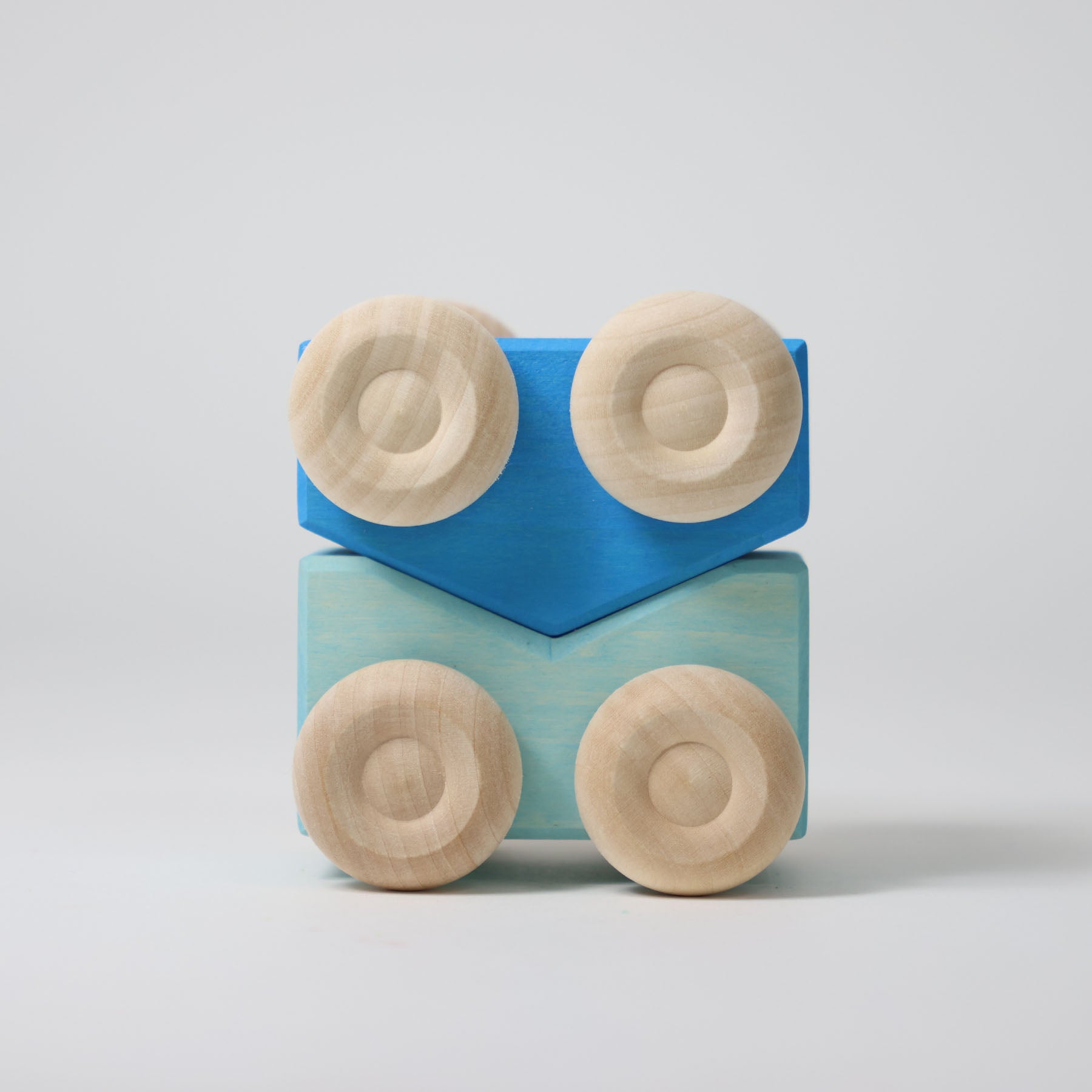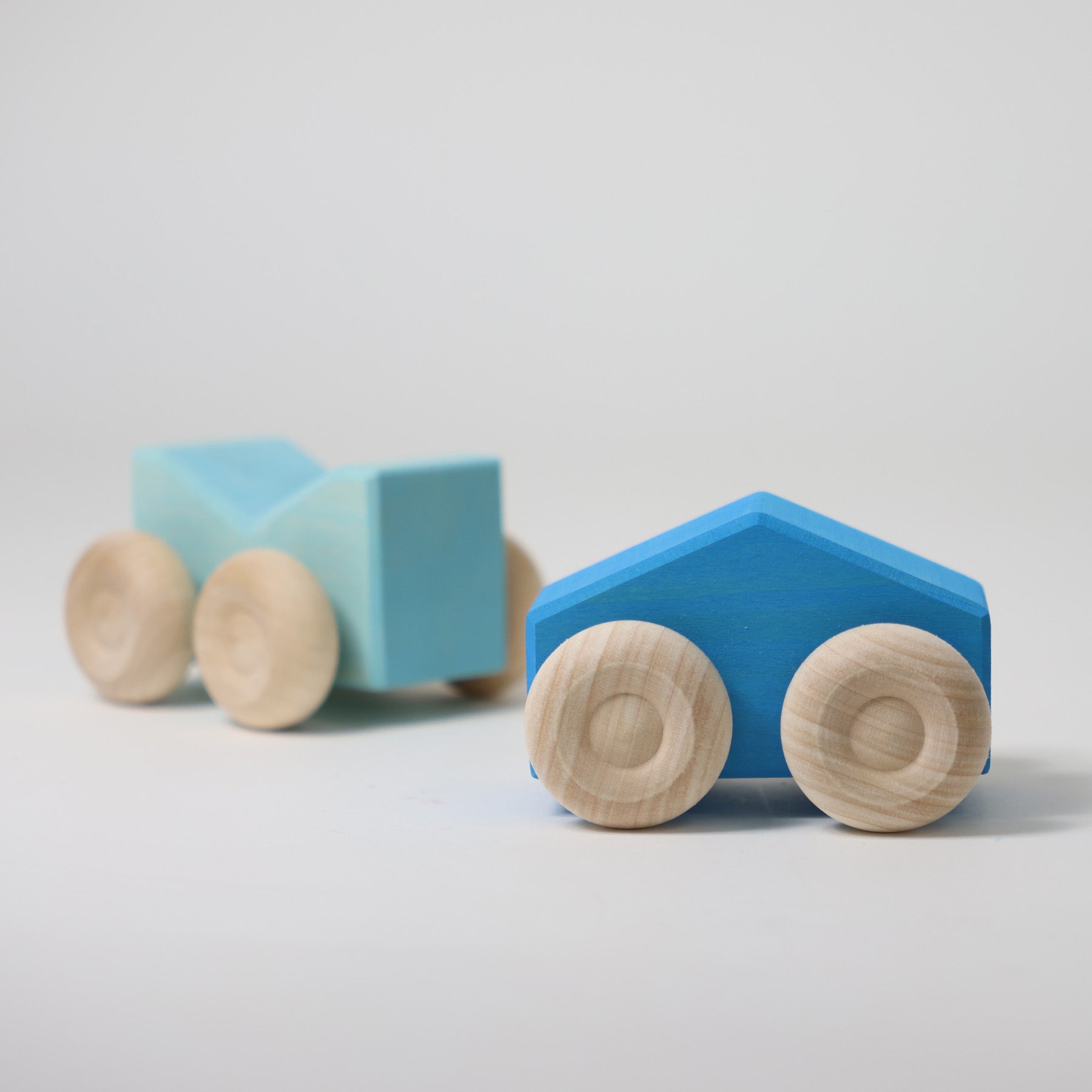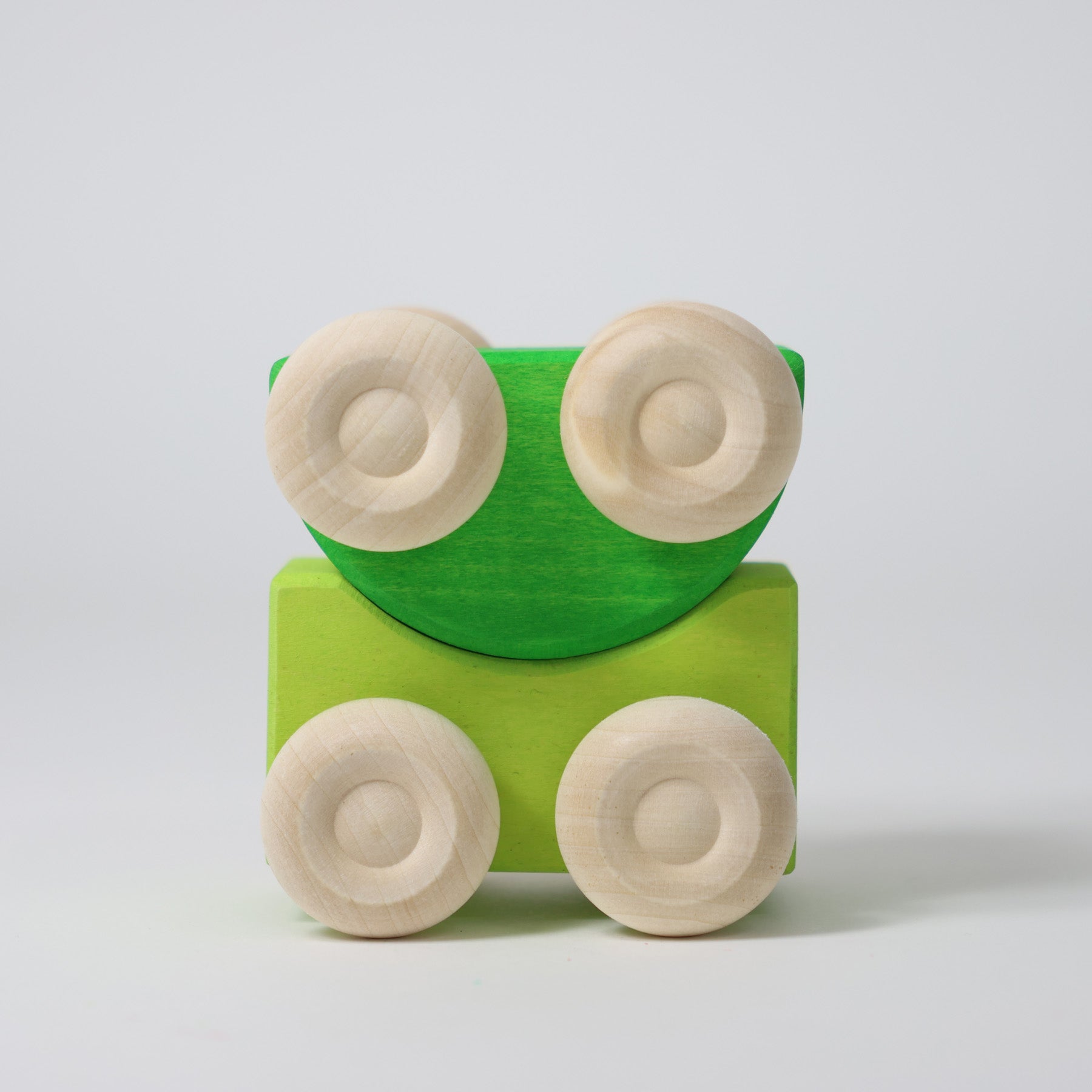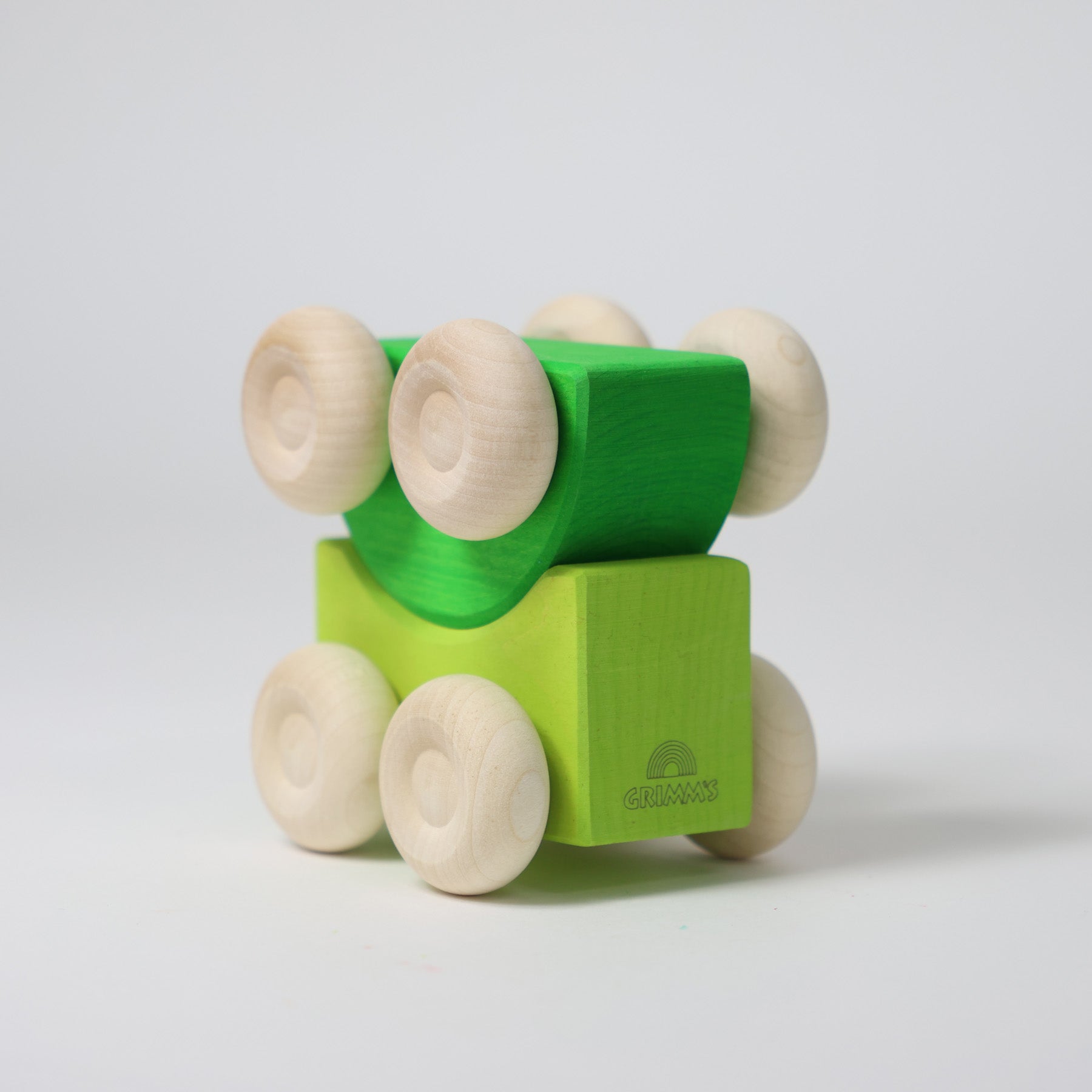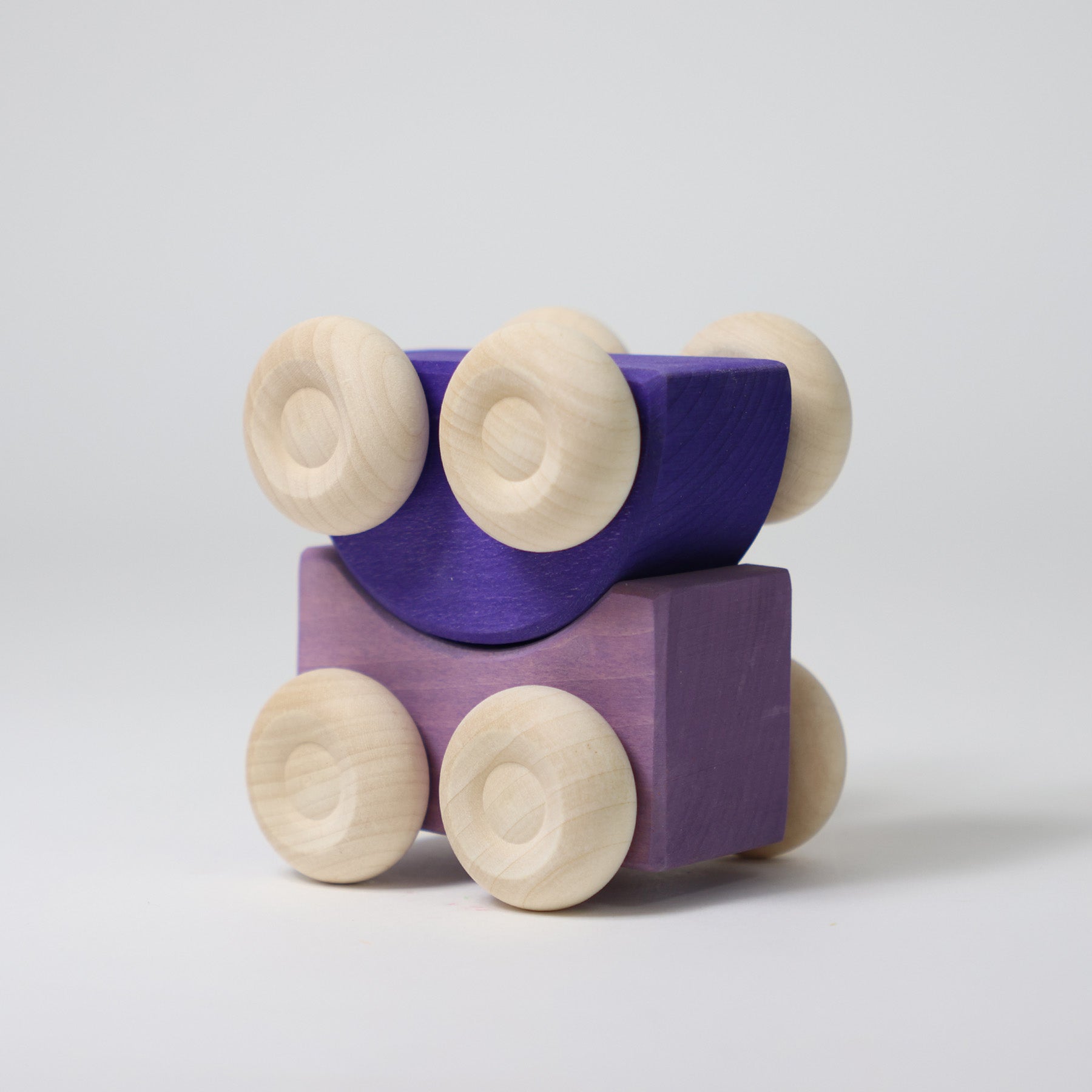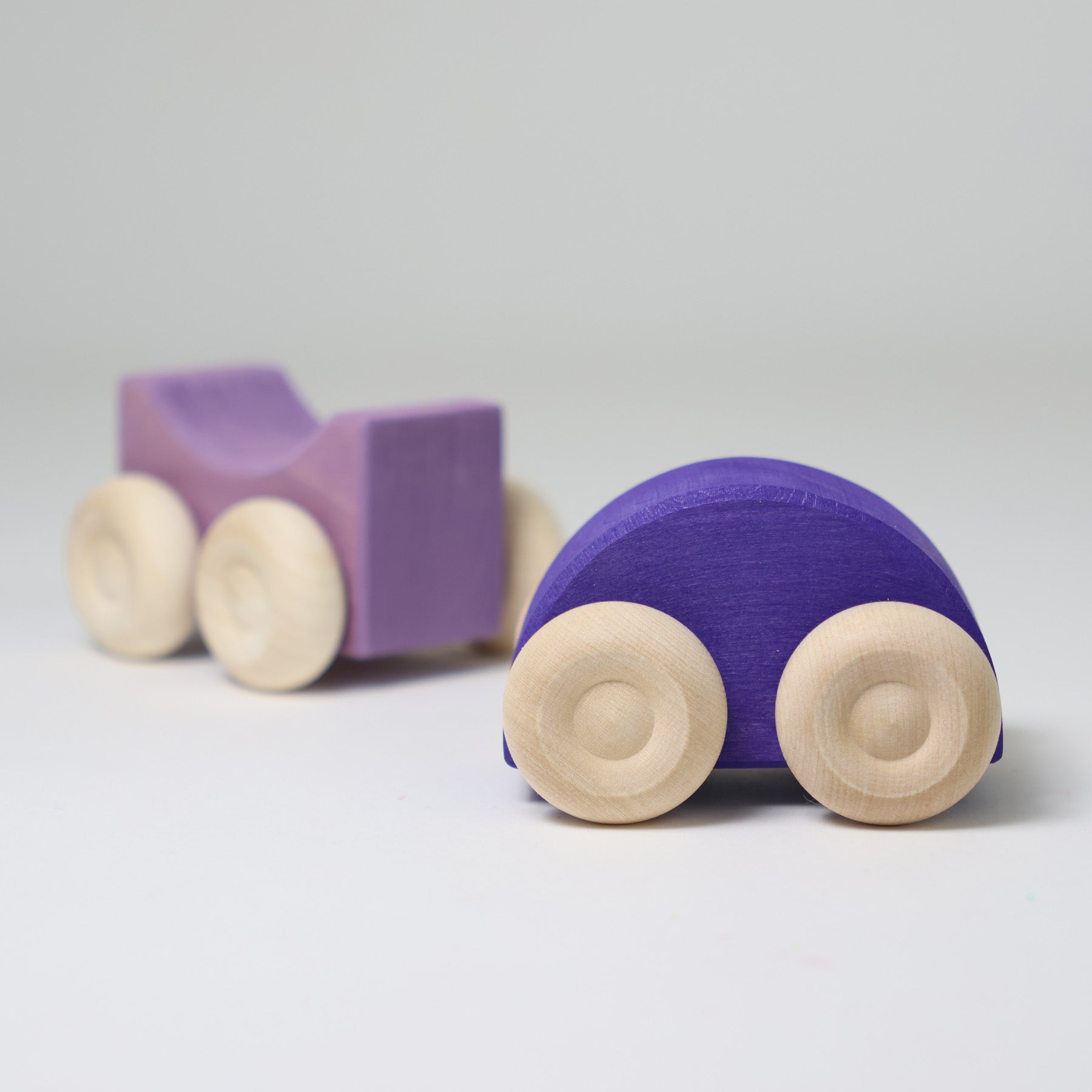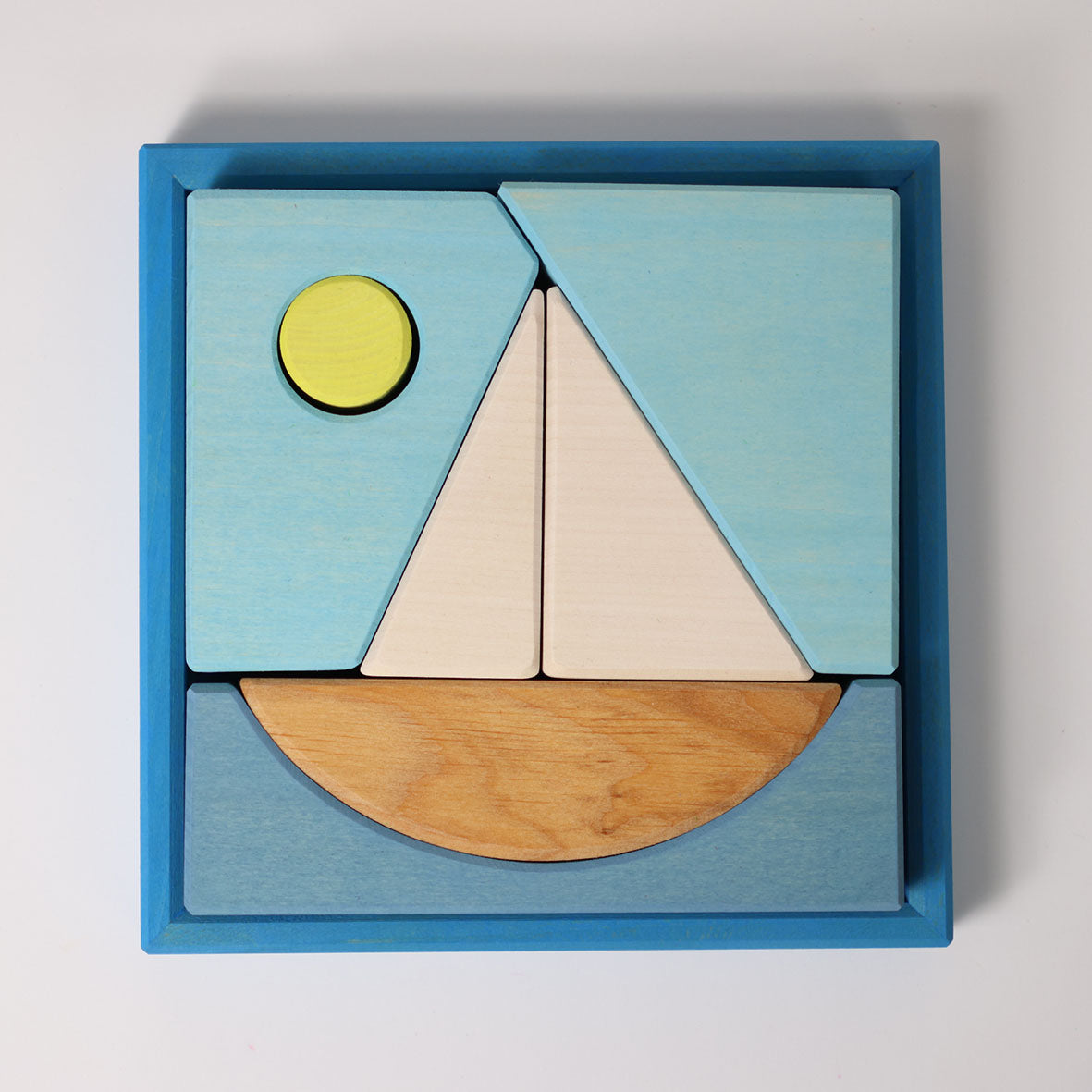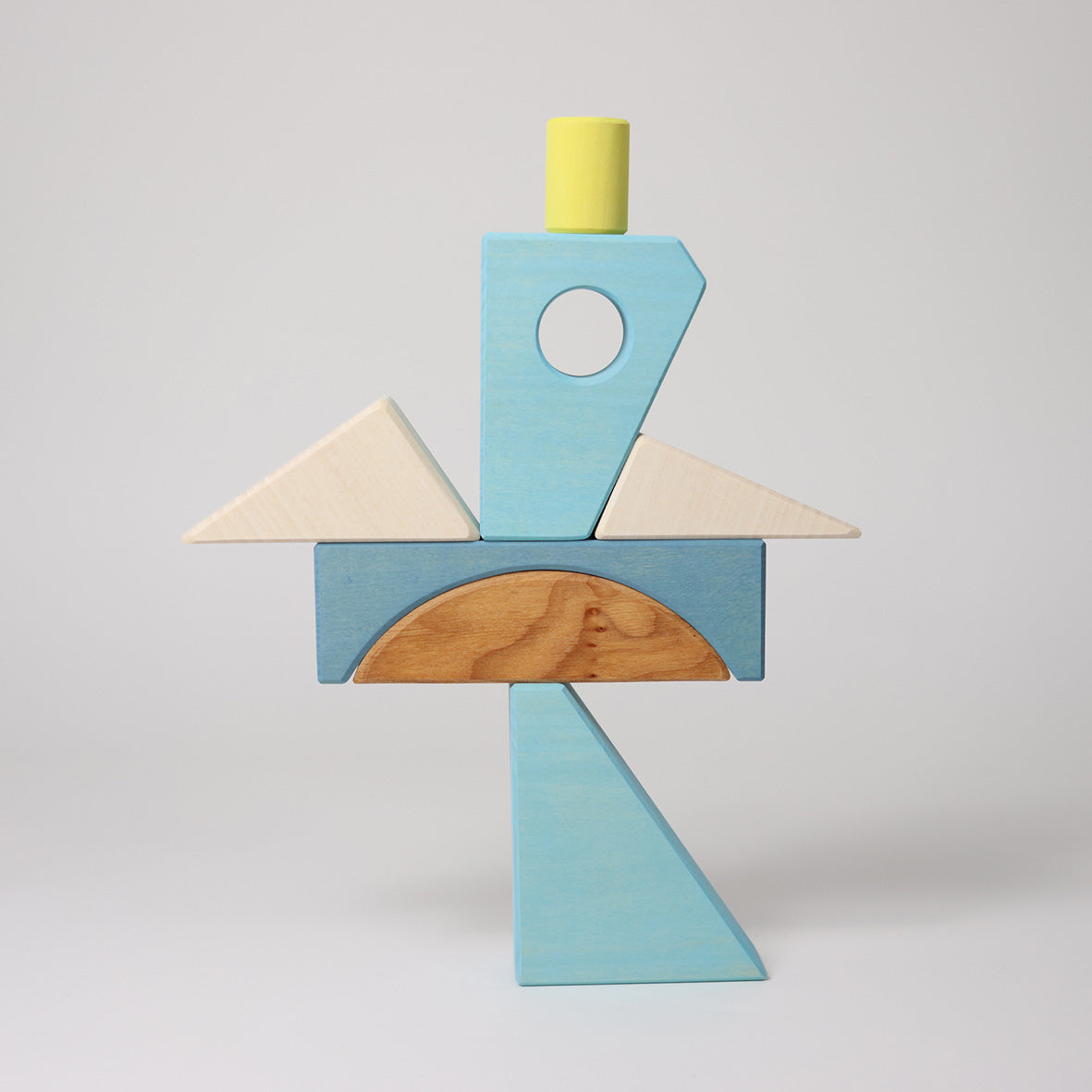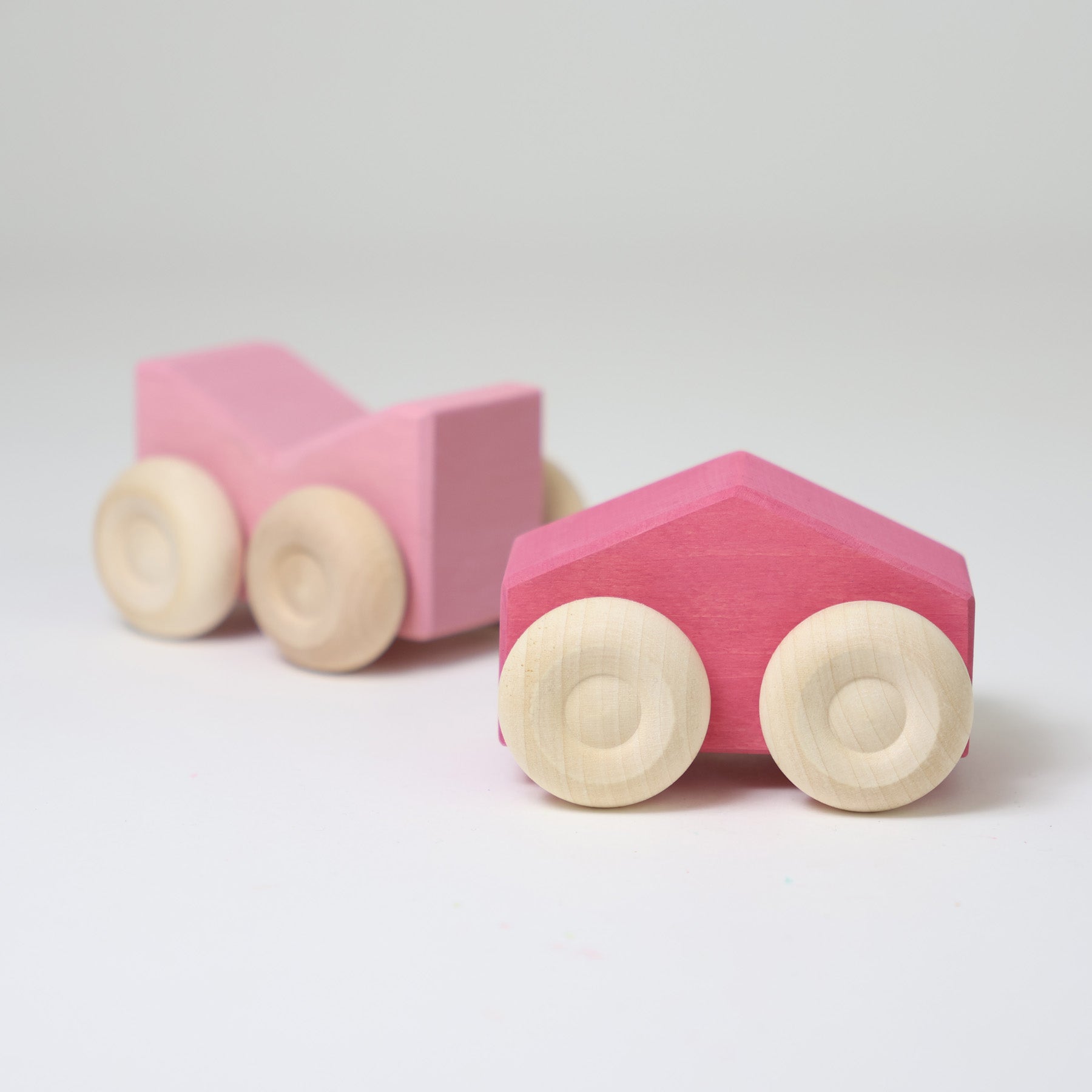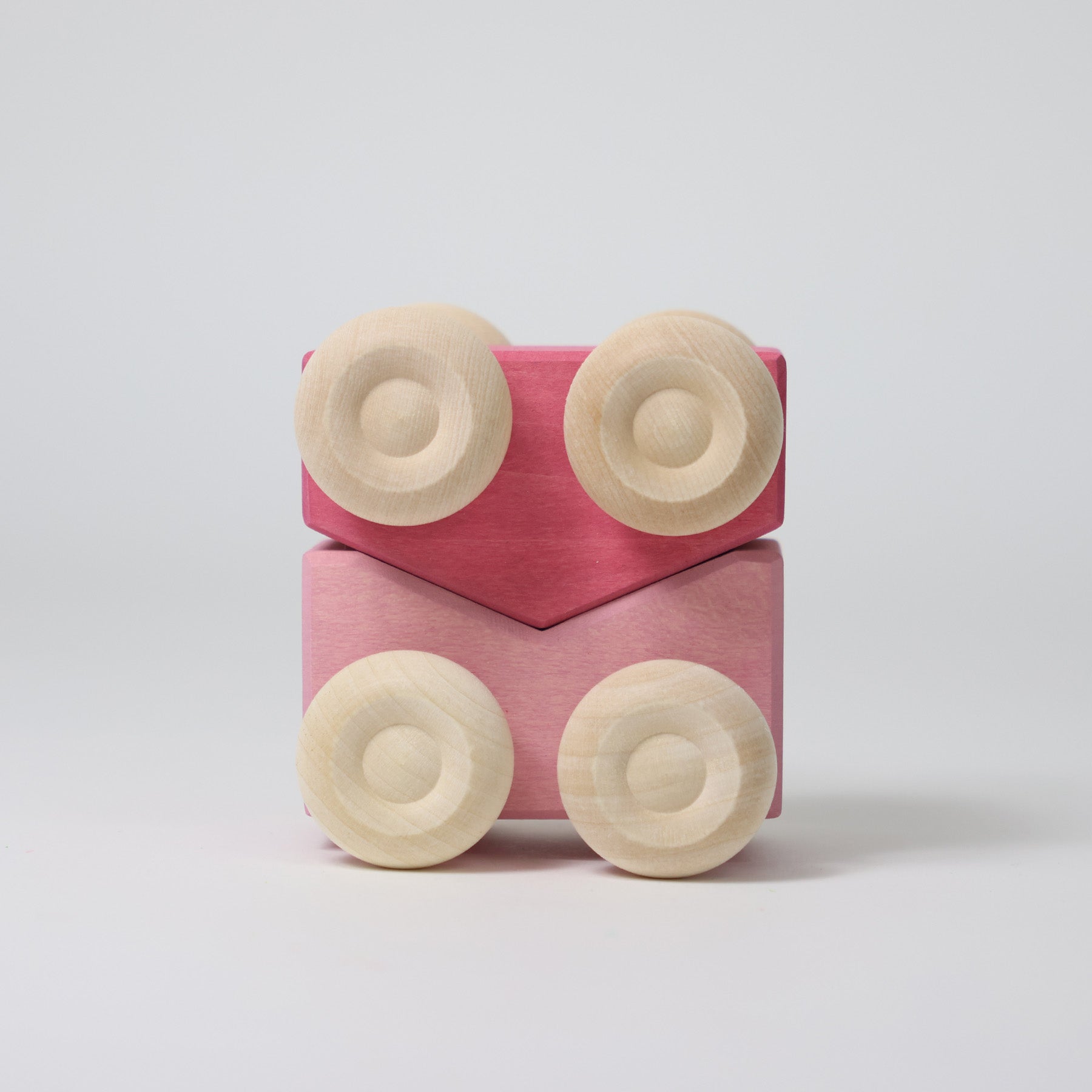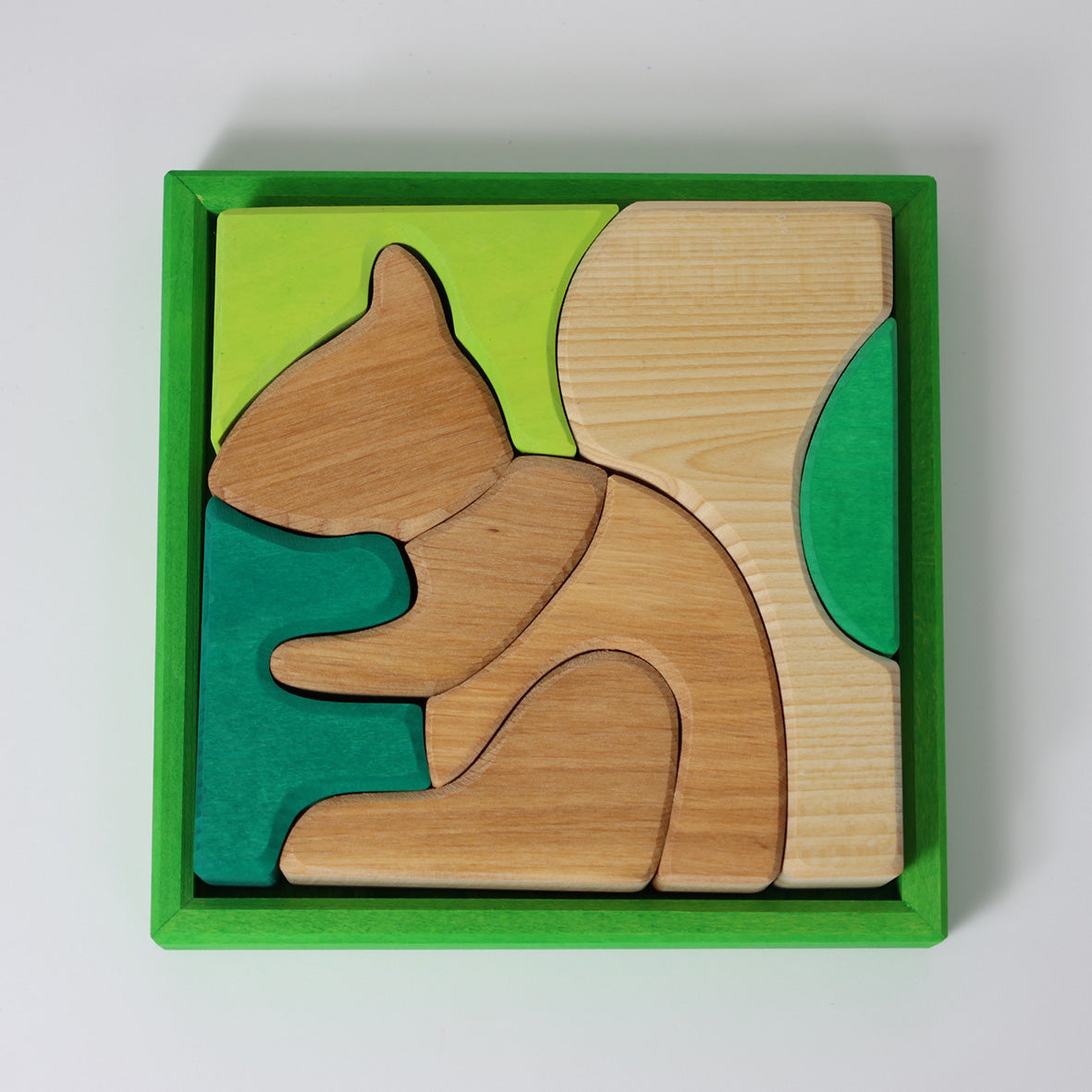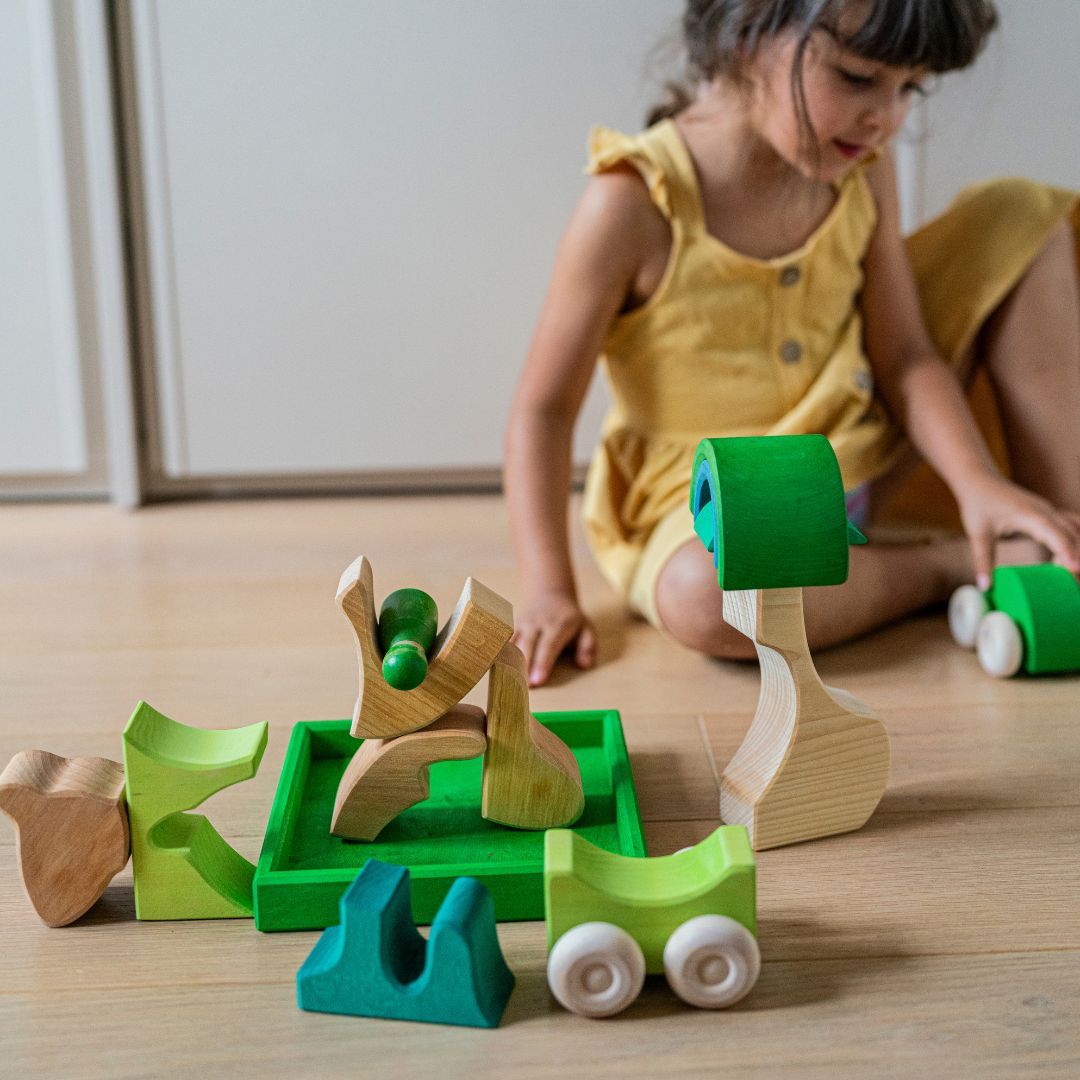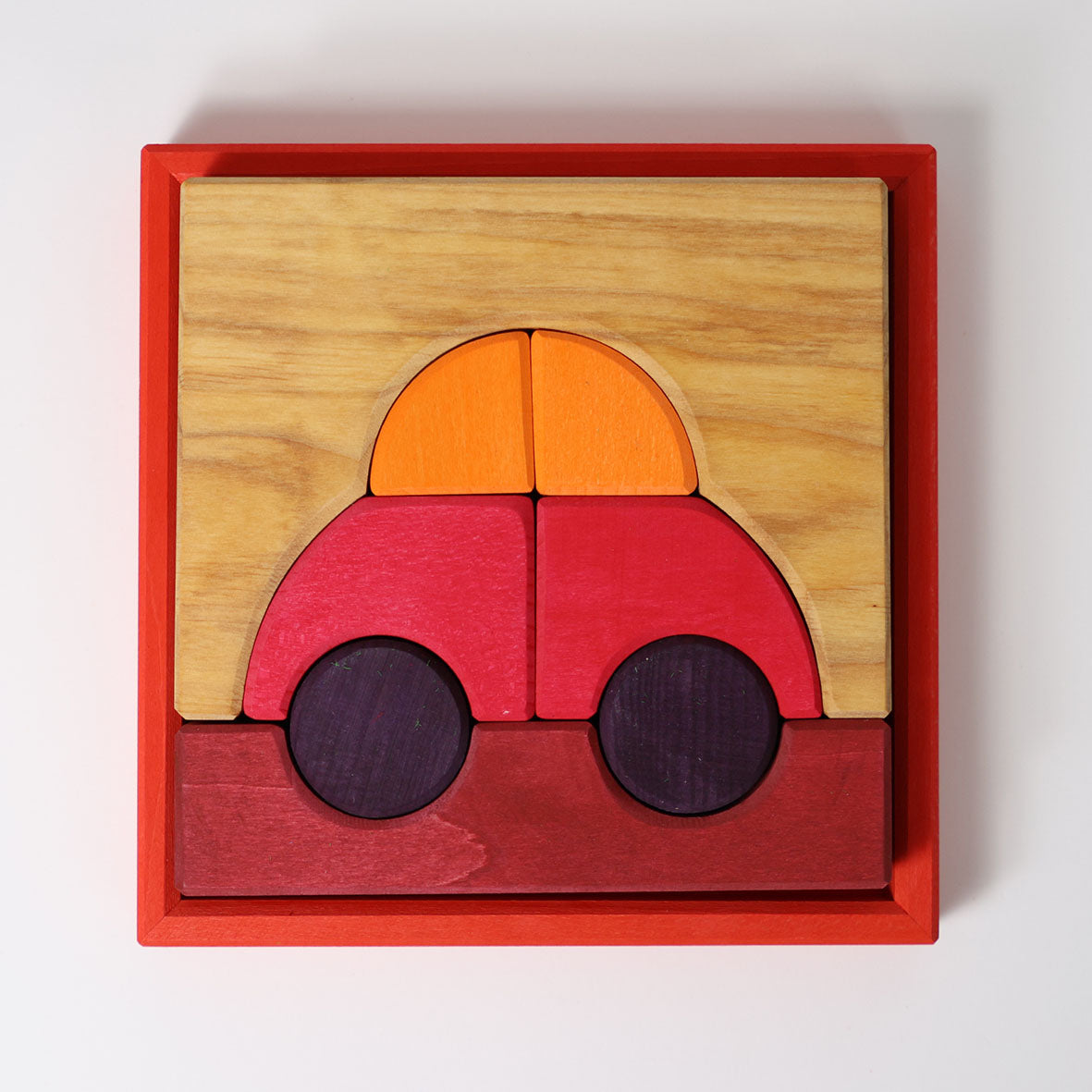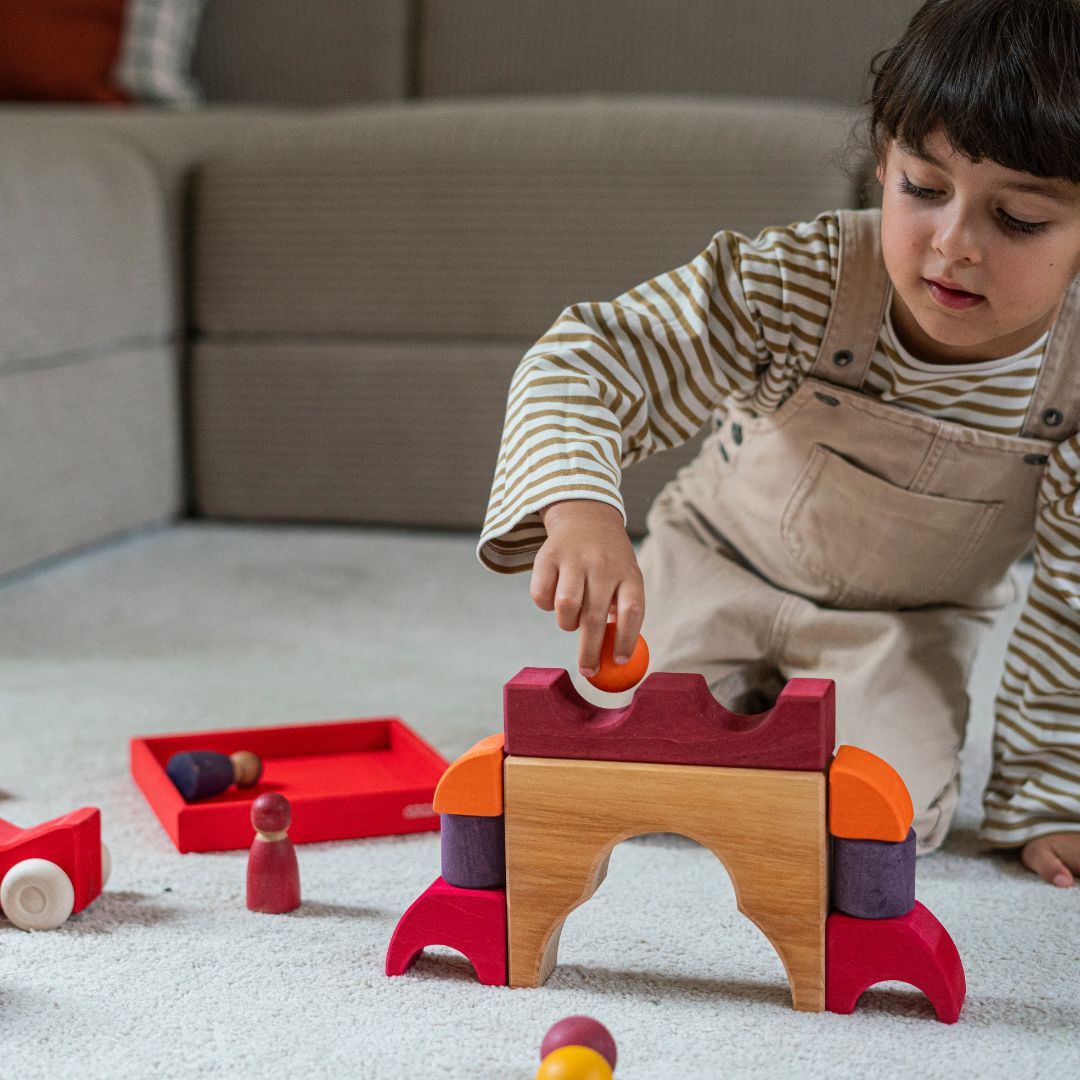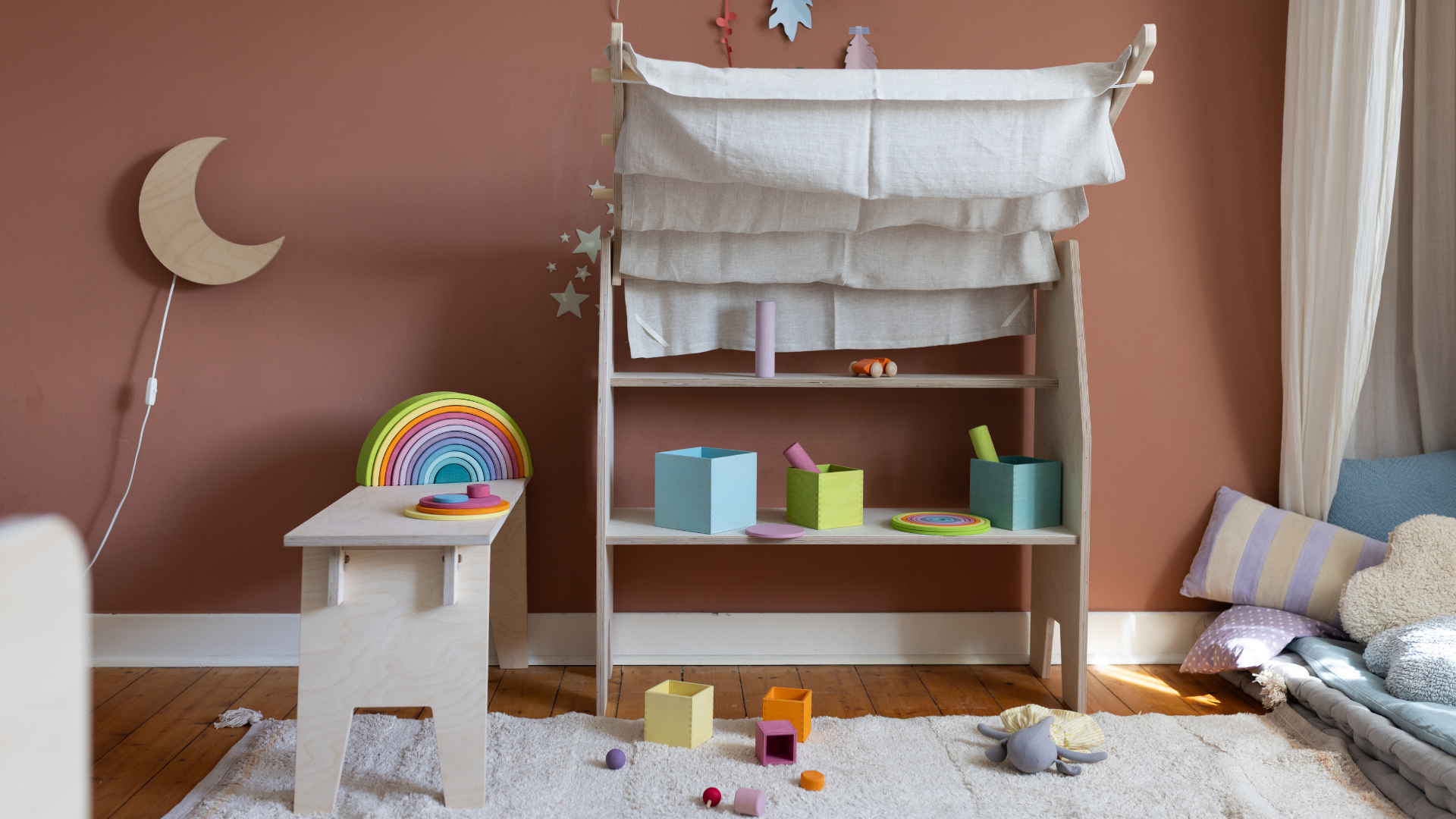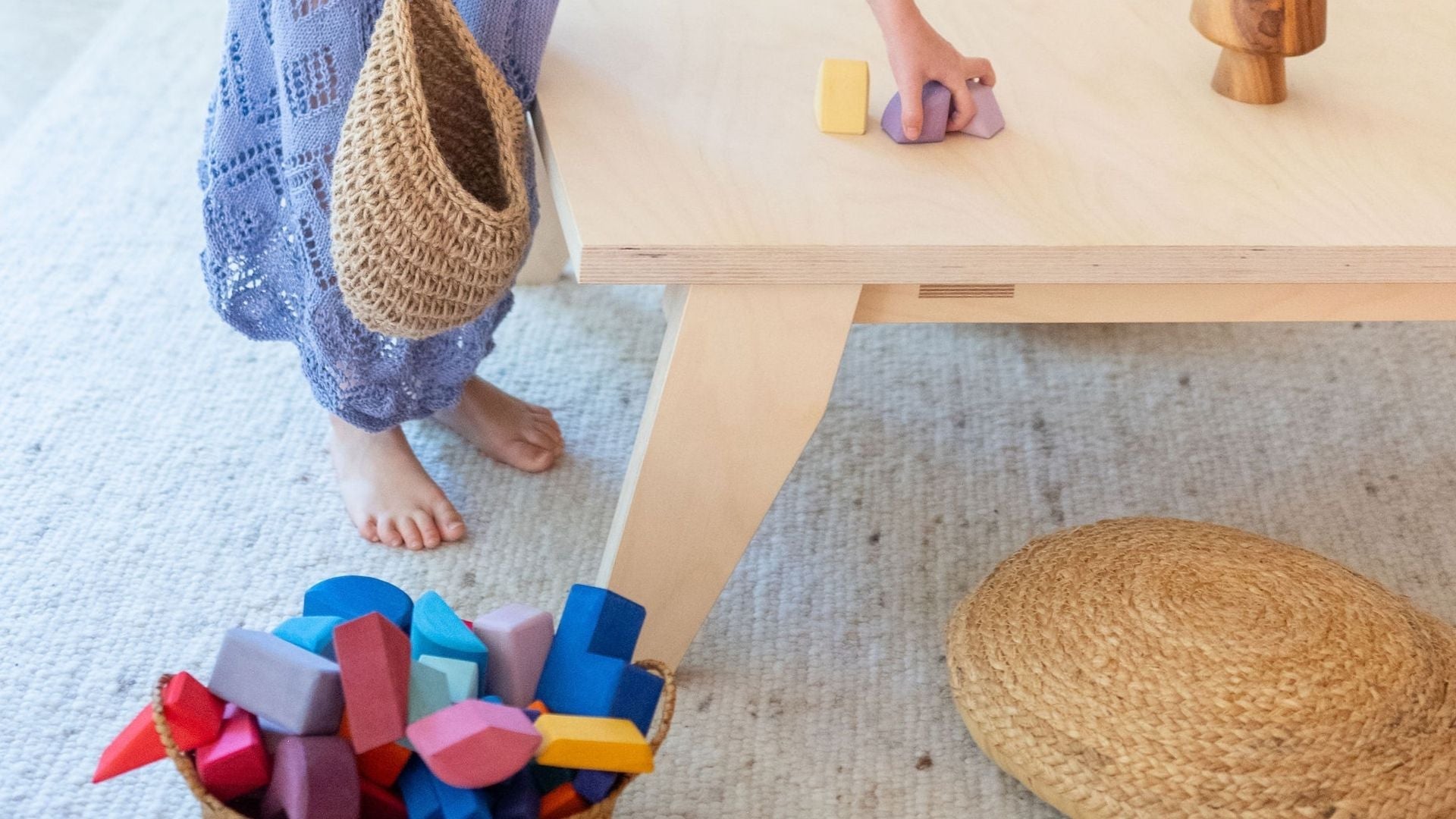A text by Marie (GRIMM'S)
A short excursion into colour theory
We live in a world full of colour. Accordingly, many people have already studied the subject of colour intensively. Indeed, the basics of colour theory are helpful for dealing with colour and enable a certain understanding of how colours "work."

First, it's a good idea to examine the primary colours. They form the basis of the colour system and include the colours red, yellow, and blue. All other colours can be mixed from these three. By mixing two primary colours, the secondary colours are created: green, orange and violet. Together, the primary and secondary colours form the fundamental colour system.
Such basic knowledge can develop an understanding of how colours are mixed, how shades can be altered, and how the countless tones and nuances of colours are created. Furthermore, this knowledge lays the foundation for understanding colours and their effects, as well as for consciously using and combining them.
Every colour has a different effect. But that's not all. Every colour also affects every person differently. The effect of colour is therefore something very individual. And yet, there are some colours that are said to have a specific effect and that meet with a common understanding among the general public as to when and for what purpose they are used.

Red, for example, is an activating signal colour, often perceived as powerful and stimulating, and ideal for setting accents. Blue, on the other hand, is the colour of expansiveness, often directly associated with the sky or the sea, and brings with it a clear and cool sense of calm. Green is associated with nature and has a calming, fresh, and balancing effect on many people. And the colour yellow is often perceived as invigorating and optimistic, representing warmth and creativity. Whether one actually sees and feels this way depends on one's neurobiological, cultural, social, and individual perspective.
Colours in child development
Colours can evoke very different emotional reactions. This applies to both adults and children. Therefore, colours play an important role even in childhood development. After all, children are surrounded by colours every day, and their perception is much more open than that of adults. They therefore perceive both their surroundings and the colours that shape their environment much more intensely and unfiltered. The conscious use of colour in children's environments can help put children in certain moods. This can be used, for example, in different rooms in daycare centers to promote calm, creativity, or concentration. They can define spaces and facilitate classification.

When it comes to cognitive development, colours are often beneficial because they make play and learning materials much more appealing to children. They can motivate, direct attention, structure information, and promote concentration. Their creativity and self-awareness are supported by the ability to externalize and express certain emotions through colours.
Consciously combining colours opens up countless possibilities, and even small colour differences can make a big difference in the overall colour effect. The combination of light and dark colours, warm and cool colours, colours with or without contrast, and complementary colours—all of these are levers that influence the overall colour effect and can lead to balance in various ways.
Colour and play materials: Introducing children to colour consciously
Colours never stand completely alone. They are always related to things that "carry" the colour. Thus, the colour is highly context-dependent and related to the material and function of an object. Furthermore, colours are usually surrounded by other colours, which influences their effect.

This is interesting in relation to play materials. Colour is almost indispensable in these areas. This is also true of our play materials, where colour, shape, and material, or rather, feel, are inextricably linked.
Play materials in harmonious colours can contribute to creative development and stimulate the imagination. Here, too, the primary colours are a good starting point for a gentle introduction to the world of colour. Simple colour combinations of primary colours with natural tones, or of primary colours and corresponding shades, can expand the spectrum.
Inspired by the colours of the seasons, current favorite colours, or colours associated with specific themes, such as red with a fast race car or blue with a sailboat on a calm sea, these invite open-ended play. Such connections are easy to establish and continually create new play ideas and moods.

Tip: Sorting colours is also a popular and enjoyable activity. It trains the eye, establishes connections between colours and their corresponding shades, and can be practiced almost anywhere.
Awareness of colour
We encounter colours every day and everywhere. We are so used to them that we often don't even notice. It's easy to forget that colours are something very subjective. They affect everyone differently and they always work in the context of their surroundings. That they are more than just decoration is beyond question. They create space for reflection and projection. They trigger emotions and create balance. With the knowledge of the importance of colours in our world and the strong subjective perception of colours, they can be chosen consciously and respond to individual needs. Introducing children to colours at an early age can therefore be very helpful in developing an understanding of them and being aware of their effect. In this way, children can get to grips with their own personal needs in relation to colours at an early age and discover their fascination with colours and their superpowers.
